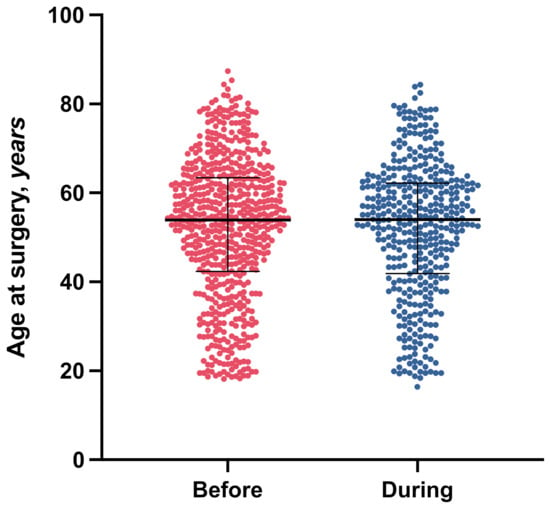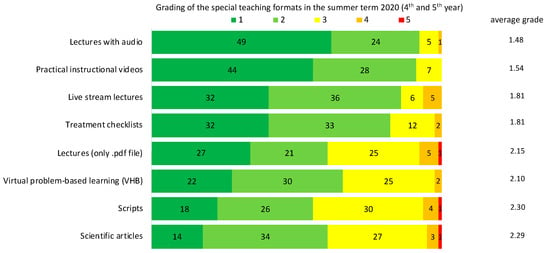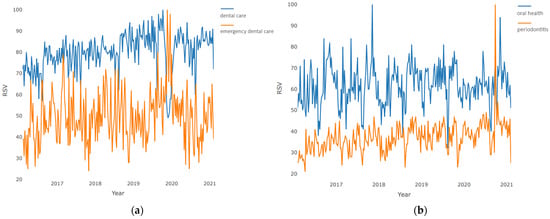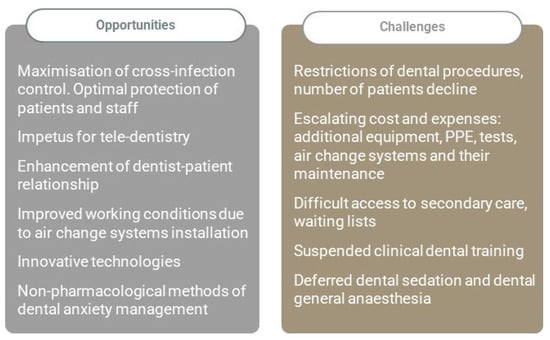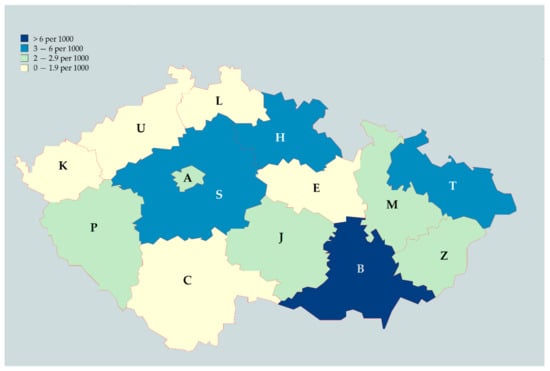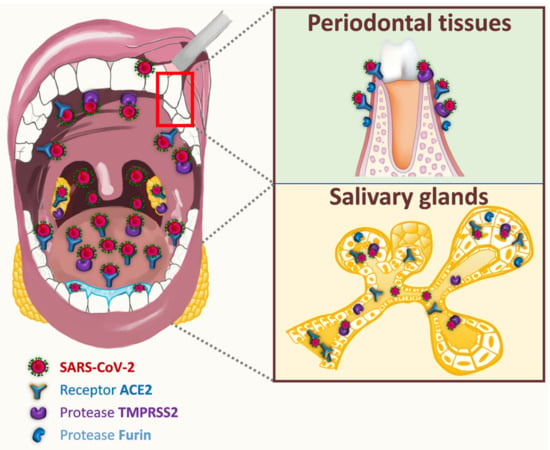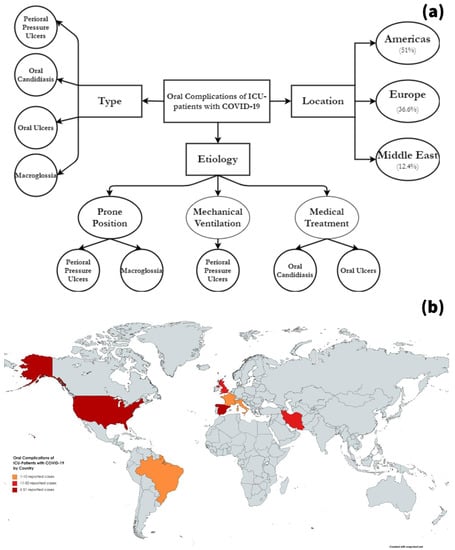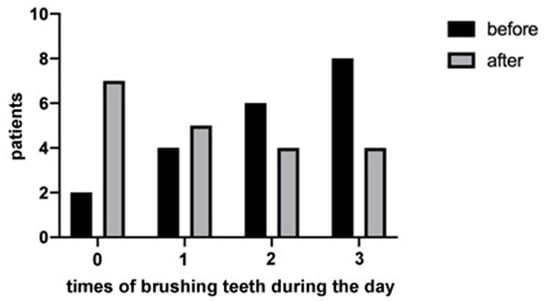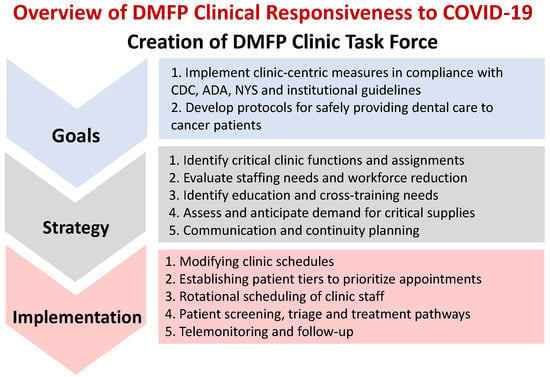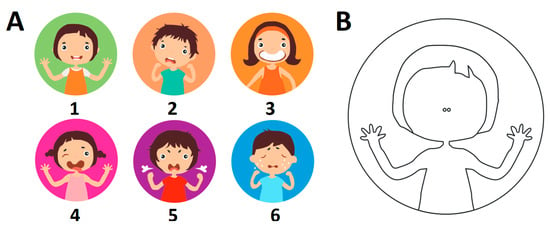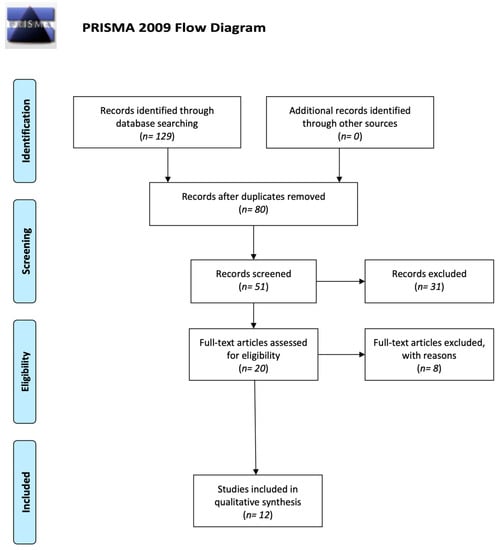Impact of COVID-19 on the Dental Community (Closed)
A topical collection in Journal of Clinical Medicine (ISSN 2077-0383). This collection belongs to the section "Dentistry, Oral Surgery and Oral Medicine".
Viewed by 155237Editors
Interests: head and neck cancer; oral and maxillofacial surgery; dental implant
Interests: COVID-19; dental implants; oral and maxillofacial surgery; oral cancer; oral microbiome
Special Issues, Collections and Topics in MDPI journals
Topical Collection Information
Dear Colleagues,
The pandemic of COVID-19 is considered to be a global public health emergency. Due to its route of transmission via contact with droplets and aerosols, dentists are at high risk of acquiring an infection while treating patients. The impact of coronavirus on the dental community is eminent, and the big challenge is how we can offer dental treatment despite the outbreak. Dental education programs in both under- and postgraduate forms will also suffer from the ramifications of the pandemic. The aim of this Topical Collection is to act as a scientific meeting point for all kinds of research that deal with the management of the COVID-19 crisis within the dental community.
Prof. Dr. Dr. Hans-Peter Howaldt
Dr. Sameh Attia
Collection Editors
Manuscript Submission Information
Manuscripts should be submitted online at www.mdpi.com by registering and logging in to this website. Once you are registered, click here to go to the submission form. Manuscripts can be submitted until the deadline. All submissions that pass pre-check are peer-reviewed. Accepted papers will be published continuously in the journal (as soon as accepted) and will be listed together on the collection website. Research articles, review articles as well as short communications are invited. For planned papers, a title and short abstract (about 100 words) can be sent to the Editorial Office for announcement on this website.
Submitted manuscripts should not have been published previously, nor be under consideration for publication elsewhere (except conference proceedings papers). All manuscripts are thoroughly refereed through a single-blind peer-review process. A guide for authors and other relevant information for submission of manuscripts is available on the Instructions for Authors page. Journal of Clinical Medicine is an international peer-reviewed open access semimonthly journal published by MDPI.
Please visit the Instructions for Authors page before submitting a manuscript. The Article Processing Charge (APC) for publication in this open access journal is 2600 CHF (Swiss Francs). Submitted papers should be well formatted and use good English. Authors may use MDPI's English editing service prior to publication or during author revisions.
Keywords
- COVID-19
- Dentistry
- Dental practice
- Dental education
- Infection control
- Public health
- Salivary diagnostic









